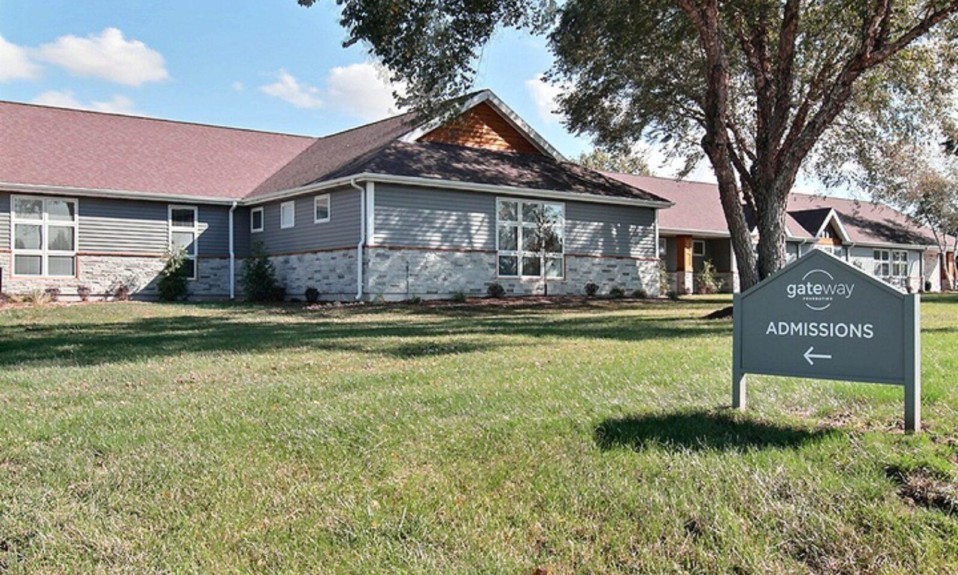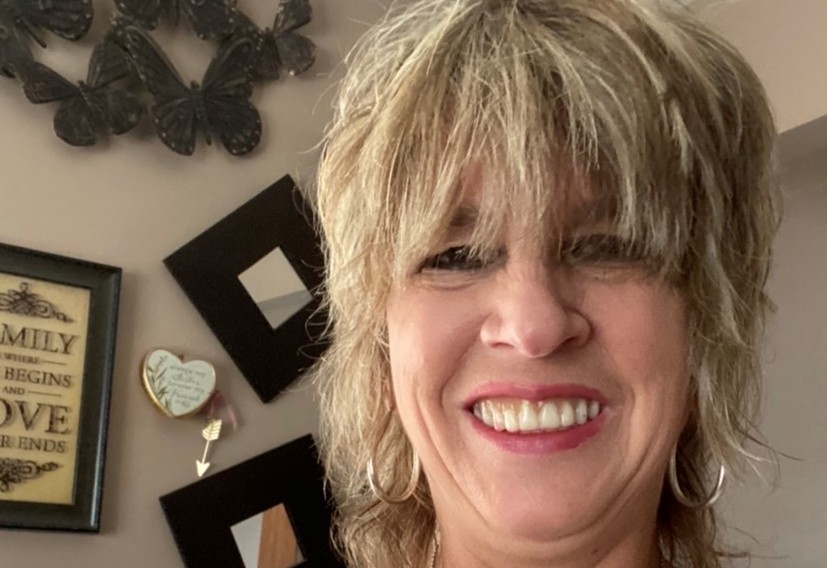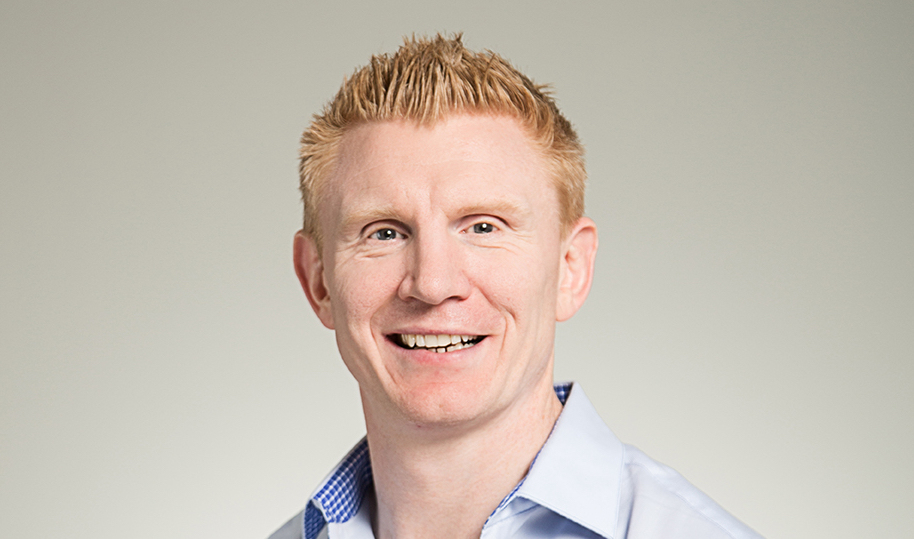CEO Thomas P. Britton measures patient-centric results before, during and after care to constantly improve his center’s care modalities—and the treatment industry
By Jennifer Taylor
September 8, 2020Like Sherlock Holmes, who was of the opinion that “it is a capital mistake to theorize before one has data,” Thomas P. Britton starts with the data.
For the past six years, the president and CEO of Chicago-based Gateway Foundation has looked to research and evidence-based insights to guide the building blocks of his center’s drug and alcohol addiction treatment programs and care models.
Established in 1968, Gateway Foundation offers treatment programs including withdrawal management, residential treatment, partial hospitalization programs, intensive outpatient behavioral therapy, dialectical behavioral therapy and trauma therapy.
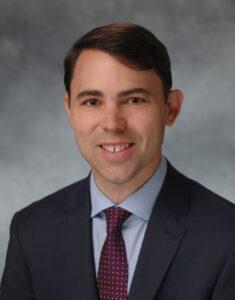
Not long after arriving at the center in 2015, Britton set out to commission an internal study to evaluate post-discharge treatment results from Gateway’s 16 drug and alcohol treatment centers in Illinois, Delaware and California. The data accumulated by the $150,000 investment helps Britton achieve his ultimate goal: to deliver the best possible care and treatment outcomes for the clients he and his Gateway team serve.
“I want to make sure we change lives,” Britton says. He points to one key datapoint from the study: Within 12 months post-graduation from treatment, Gateway center clients reported a total abstinence rate from all drugs of 50% and almost 100% from drugs linked to overdose.
“That’s a fantastic achievement,” says Britton, who has a doctorate in public health, a master’s degree in addiction treatment and a master’s in marriage and family therapy. This achievement goes hand in hand with his even larger goal: elevating outcomes in the treatment field as a whole. “I have always had a personal leadership approach of: We accomplish more together than separate,” he says.
“Within 12 months post-graduation from treatment, Gateway clients reported a total abstinence rate from all drugs of 50% and almost 100% from drugs linked to overdose.”
Q: How did you first get into the addiction treatment field?
A: My first exposure to the healthcare profession was in 1989. I got a job as a job coach helping people with developmental disabilities to get work. I remember this one client—I did something that really was very simple for me, but had a massive impact for him. The look on his face, his family’s face—it made me really want to get work where I could give back.
And at that time in my life, I was in active addiction. I was certainly not qualified or prepared to do anything at that level. But as I got into recovery, I pursued a master’s degree in marriage and family therapy first—with the expectation that addiction was a little too close to home. But then I got another master’s in addiction counseling, and from that point on … it’s just been the biggest joy outside of my kids and my marriage.
Q: Why do you believe the Gateway Foundation is uniquely successful in treating addiction?
A: I think where Gateway really leads the industry is: first, measuring outcomes and figuring out what outcomes to measure; and then creating a feedback loop that uses technology and leverages data.
The first thing we did when I joined Gateway in 2015 was a situation analysis: What are our modalities? What outcomes should we be getting? And what data are we trained at gathering?
What I saw was an opportunity to strengthen the data collection, post discharge. We did a lot while [patients] were in treatment, but we didn’t do much after treatment. I hired an outside firm to do a yearlong perspective study for us. And the outcome showed what we were delivering, but it also identified some opportunities.
“We don’t have universally accepted standards of care. What are best practices? How do you measure someone who is doing them? How do you know who is a good and not a good provider.”—Dr. Thomas P. Britton, president and CEO, Gateway Foundation
Along the way, we looked at our current clinical product and saw we were under-supporting people with dual-diagnosis, for example, co-occurring mental health disorders. We invested up to $2 million more per year into nurses, doctors and training. We implemented medication-assisted treatment for our own network. We added 24-hour admissions to our whole network. We built an electronic health record that uses the Brief Addiction Monitor, called the BAM. While people are in treatment, it measures things like abstinence, but it also looks at quality of life and financial status and all those kinds of things. We built a phone application and one for a tablet, as well, where after discharge people could download the app, and it had a social support function. We can push out the BAM to them after graduation. So, we’ve been building this great database of information.

Q: What signature treatment therapies or approaches does Gateway Foundation use?
A: We patented a modality called “mindfulness-based sobriety”: it blends the peer-support function of the 12-step community as an outside support. Our product [at Gateway] is addiction medicine, but we [also] believe in 12-step programs. Internally, we use DBT [dialectical behavior therapy], mindfulness-based strategies, self-soothing and cognitive behavioral therapies. All those things combined go into mindfulness-based sobriety.
Q: What are you working on innovating at Gateway Foundation?
A: [Before the pandemic], we had as part of our strategic plan virtualizing our services. We had a virtual platform, but we hadn’t launched the product in a meaningful way. In [the early days of COVID-19] in February and March, we were seeing about 1,000 people face-to-face. And within about 10 days, we virtualized to do video-based-only group counseling and individual counseling. Then we also integrated that into our intake process. It kept everybody safe, which is great.
It also gave us an opportunity to really leverage the long-term post-graduation, for example, [encouraging people to] stay in communication with your primary campus for a longer period of time, and lessen patient-driving distance. We have a treatment team right now working on best practice strategies with virtual healthcare delivery.
I don’t think it’s normal in our field to evaluate outcomes. We want to understand, if you come face-to-face, do you have a better outcome than if you do it on video? Some of the early studies nationally are indicating that video-based technology is not as effective. We are putting together a research study that really looks at a deeper dive. …Again, our core strategy of: gather data, understand the data and then act on the data. That’s the mantra I’ve had for a long time.
Q: What do you wish you could change about the industry?
A: Two things: [first], we still do not have an external benchmarking system that qualifies care and we don’t have universally accepted standards of care. What are best practices? How do you measure someone who is doing them? How do you know who is a good and not a good provider? And setting some standards. Anybody can make a good website. If I am a shopper at home looking for a place to go and the website looks good, I might go there. But if it’s really not a good program, my life is in jeopardy.
The second thing is that we, as a treatment industry, remain very underfunded and undervalued. Publicly funded patients are the ones who suffer the most. I have BlueCross BlueShield, for example, and if I wanted treatment, I could get into treatment in 24 hours with a huge list of choices. If I had Medicaid or no insurance at all, it could be four to six weeks and I could die while waiting.
Q: How do you measure outcomes at Gateway?
A: We collect data for patient satisfaction and it’s down to the unit level: the men’s program, the women’s program, etc. We gather data during treatment outcomes … and then we collect post-discharge data. That’s three points where we collect data. That’s pretty rare. Especially post-discharge.
Q: How has COVID-19 impacted patient care and treatment approaches at Gateway?
A: It’s been challenging because for residential providers, demand has gone down. People are scared to go to treatment. We have reduced our bed capacity to maintain social distancing. Our community-based residential providers are running at about 70% capacity on purpose. Normally, they run at about 95% capacity.
There’s been a 25% reduction in revenue because it was a 25% reduction [of beds]. So, that’s a big deal. We have been fortunate to get some support from our partners in the state. We’re too big to qualify for the federal money. We’re okay for the moment. There’s a lot of providers going out of business. We are fortunate that we have built up an investment endowment for many years that can help us in the short term.
And 2021 is going to be a real challenge because state projects are decimated. The federal government is struggling to make any choices and they’re not privatizing social services. I think, frankly, the next year is going to have a bigger impact than the current year. I think the previous budget year was easier to respond to. Surviving that long is going to be hard.
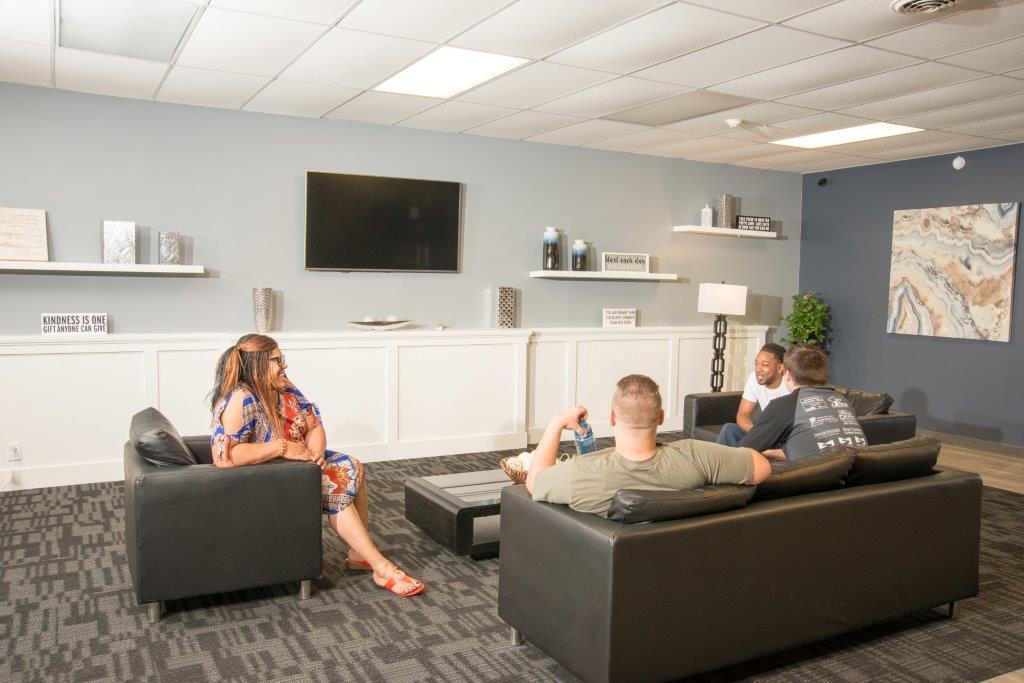
Q: How do you hire best-in-class clinicians? What do you look for?
A: We have two strategies. One is that we want to really help people entering the field to learn the skills necessary to be good clinicians. We have a vast network of college master’s and doctoral-level intern students that we are helping to prepare for field entry. That’s one thing we’re very much invested in: helping the field from a personnel standpoint.
We also hire people where this is their first job in the field. Many of those people haven’t worked in the field, but have been in recovery long enough so it’s appropriate for them to enter the field.
From the experienced clinician side, it’s an extremely competitive pool because the for-profits can pay a lot more than a not-for-profit. Hospitals can pay more than a not-for-profit. So our value proposition, frankly, to clinicians that we want to onboard is the miracle of work that they can do here. We provide the best competitive benefits and compensation we can. But we look for people with strong certifications, licensure and experience.
Q: What is the No. 1 change you would make if you were in charge of the country’s laws and healthcare policy?
A: The short answer is that I would mandate that private insurance companies permanently pay for substance-use telehealth services at the same rate as we pay for face-to-face services. I think it is a benefit that is unique to this industry that can be game changing for a lot of people.
A lot of people who are recovering, especially early recovery, don’t have cars. They live in places where they can’t get to treatment, or they can’t get quality treatment. Having an insurance platform where we can pay, or where we receive enough reimbursements to treat that population, is what’s necessary.
The second policy change, if you gave me the blessing of an extra magic wand, is currently we live in an extremely managed insurance environment. Which means that if you come into treatment, I need to spend a lot of time on the phone and pre-certify. And then I need to recertify you. Then I have to fight for every additional day that I want you in treatment.
The American Society of Addiction Medicine is pretty clear about what level of care somebody needs. And [insurance] battles against that because for them, it’s about profit. If they ask you for 20 instead of 30 days, that’s a big financial impact to their profit margins. So, it’s competing interests.
I think the other piece of legislation that would be important is removing the utilization management requirement. I could go every day for the next 300 days to my primary care physician and they couldn’t stop it. Yet I can’t go and get drug treatment. It’s crazy.
Q: How do you avoid burnout and recharge yourself professionally?
A: I think my recovery and the work I’ve done in my recovery work has been a huge contribution to my ability to walk through things. Because you have to really learn how to separate yourself from your work. It is a constant exercise of mindfulness and balance and diversion. The best thing in my entire day is when I come home and my 7-year-old comes running and screaming down the hall, excited to see me. That’s the best medicine of the day. So, balance. Work is important, but also so is setting boundaries.
“I think the most life-changing impact is that treatment works. Everybody’s not successful in treatment, but every single treatment improves their life and gives them the opportunity to survive.”—Dr. Thomas P. Britton, president and CEO, Gateway Foundation
Q: What is your personal leadership philosophy? How do you lead your teams?
A: You have to be able to step back as a leader and look at all the moving parts and try to understand which parts are influencing other parts. Because if you fix one piece, it can ripple and fix the entire piece. I take a holistic approach that is very person-centered. I spend a lot of time with my staff and I travel a lot talking to people. What I say to them is: “I can’t do any better than you tell me to do. If you don’t tell me the truth, and you don’t tell me what I need to know, I can’t make it any better.”
Q: After 30 years in the addiction treatment industry, what is your TTT, your top treatment takeaway?
A: I think the most life-changing impact is that treatment works. Everybody’s not successful in treatment, but every single treatment improves their life and gives them the opportunity to survive.


